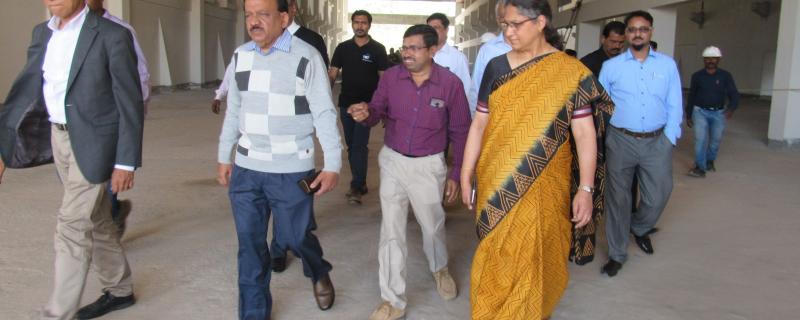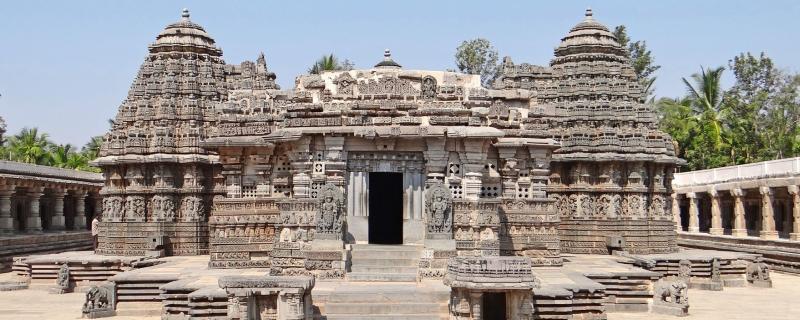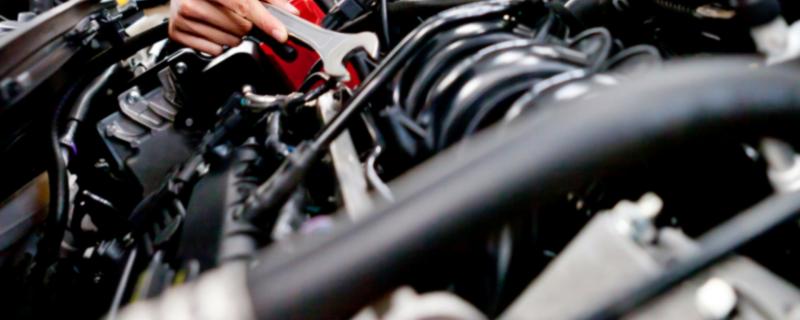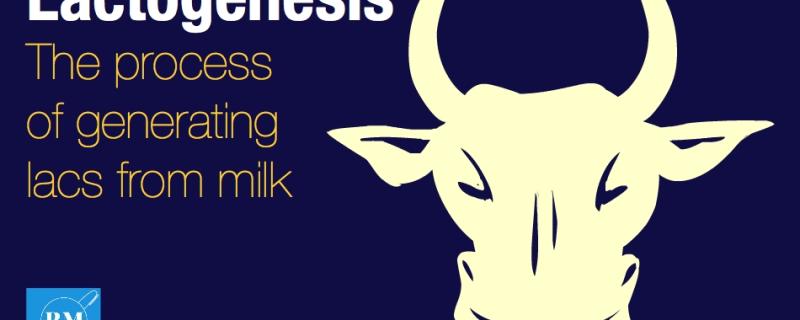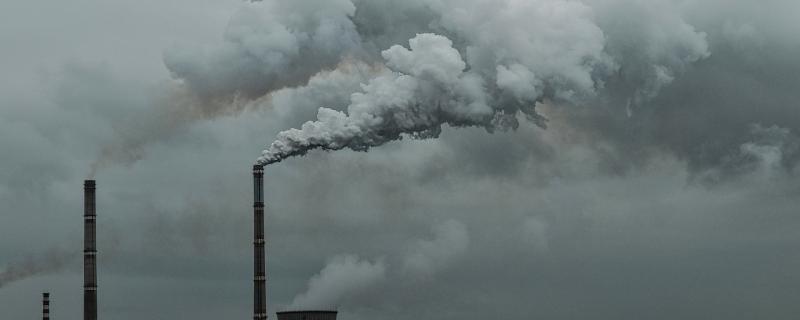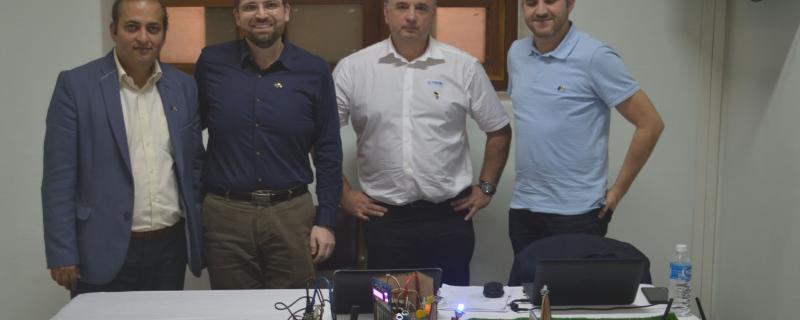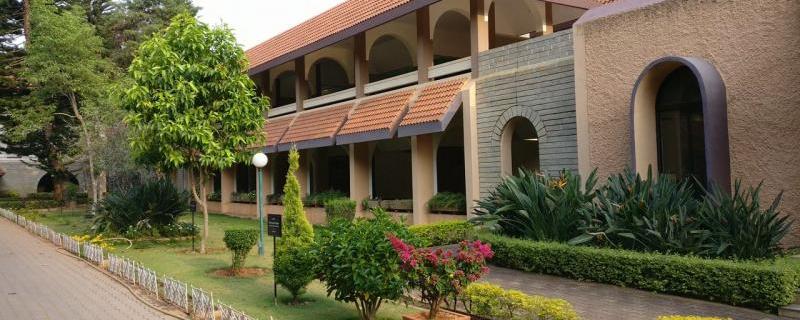Dr. Harsh Vardhan, Hon’ble Union Minister for Science and Technology, Environment, Forest and Climate Change and Earth Sciences, Govt. of India visited the Centre for Research and Education in Science and Technology (CREST), Indian Institute of Astrophysics (IIA) at Hosakote. He was welcomed by Prof. P Sreekumar, Director of IIA and Prof.
Archives
Humans have always been fascinated by symmetry. Many celebrated works of art are appreciated for their symmetry, such as the Vitruvian Man by Leonardo Da Vinci, or Somnathpur temple above. Given the importance of symmetry in our lives, does the brain have a special way of processing symmetric objects?
Researchers from Indian Institute of Technology Kanpur, Kanpur have come up with a potential roadmap to control diesel engine pollution, by looking at the different techniques available to curb emissions from a diesel engine.
India is the world’s largest milk producer and it produced 140 million tonnes of milk just last year. Though we know the milk comes from bovines (cows and buffaloes), how exactly is it produced in mammals?
भारत विश्व का सबसे बड़ा दूध उत्पादक देश है। पिछले वर्ष भारत में १४० मिलियन टन दूध का उत्पादन हुआ था। हम जानते हैं की मुख्यतः दूध गायों और भैंसों से आता है। लेकिन कभी सोचा है कि स्तनधारियों में दूध किस प्रकार उत्पन्न होता है?
ಭಾರತವು ವಿಶ್ವದ ಅತಿದೊಡ್ಡ ಹಾಲಿನ ಉತ್ಪಾದಕ ರಾಷ್ಟ್ರವಾಗಿದ್ದು, ಕಳೆದ ಒಂದು ವರ್ಷದಲ್ಲೇ ೧೪೦ ದಶಲಕ್ಷ ಟನ್ ಹಾಲು ಉತ್ಪಾದಿಸಿದೆ. ಹಾಲನ್ನು ರಾಸುಗಳು (ಹಸುಗಳು, ಎಮ್ಮೆಗಳು) ಉತ್ಪಾದಿಸುತ್ತವೆ ಎಂದು ನಮಗೆ ತಿಳಿದಿದ್ದರೂ, ಇದು ಸಸ್ತನಿಗಳಲ್ಲಿ ಹೇಗೆ ಉತ್ಪತ್ತಿಯಾಗುತ್ತದೆ ಗೊತ್ತೇ?
According to the World Health Organization, the safe limit of PM2.5 concentration for humans is 25 micrograms/cubic metre.
The European Union delegation is organizing a hackathon for smart city applications at the Indian Institute of Science (IISc), here from today.
The hackathon aims to encourage designing new applications that a smart city could offer its citizens, its elected officials or its technical and administrative services.
Are grasslands and deserts wastelands? How are these ecosystems affected by change in land use due to humans? In a recent study, researchers study these complex ecosystems to understand crucial transition points for the system, after which it cannot revert back to its original state.
Do animals have consciousness and free will? Are they capable of making informed decisions or do they merely act out based on instinct?
